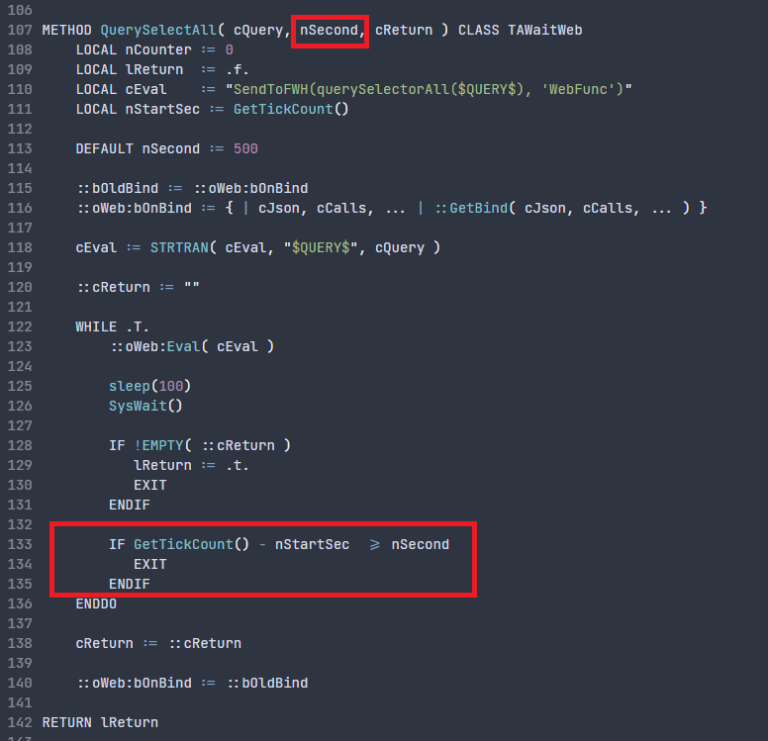Shor’s algorithm with harbour
The fields of quantum computing and artificial intelligence are developing every day without any special mention. In the future, even basic functional programming will be automated, which means that some “arrogant programmers” who rely only on functional coding will have no place.
I believe that true computer science should be fundamentally rooted in philosophy – if you don’t love people and the discipline, any academic pursuit is meaningless.
On the other hand, in the open source community, we see individuals hiding their code and rudely demanding other people’s code. It’s frustrating to see people who hide their code acting like schoolyard bullies, and I don’t want to waste my time on such low-level bullying.
With the advent of quantum computing, traditional naive encryption will be broken. How? Because of Shor’s algorithm, which is designed to factorize numbers. Here’s how it’s implemented in harbor code:
Shor’s algorithm
/*
Shor's algorithm
c)copyright Charles KWON ( charleskwonohjun@gmail.com )
The following code implements Shor's algorithm using a classical CPU.
Once quantum computers are available, by adding QFT(Quantum Fourier Transform) to the code below, most RSA encryptions can be decrypted.
https://en.wikipedia.org/wiki/Shor%27s_algorithm
*/
FUNCTION Main()
LOCAL N := 38 // For example purposes
LOCAL aResult
aResult := factorizeByShor(N)
? "Factor 1:", aResult[1]
? "Factor 2:", aResult[2]
RETURN NIL
FUNCTION mod_pow(a, x, N)
LOCAL y := 1
WHILE x > 0
IF BitAnd(x, 1) <> 0
y := y * a % N
ENDIF
x := ShiftRight(x, 1)
a := a * a % N
ENDDO
RETURN y
FUNCTION findPeriodByModPow(N, a)
LOCAL x
FOR x := 1 TO N - 1
IF (mod_pow(a, x, N) == 1)
RETURN x
ENDIF
NEXT
RETURN -1
FUNCTION factorizeByShor(N)
LOCAL a, gcd, r, gcd1, gcd2
IF mod(N, 2) == 0 // speed optimize , CharlesKWON
RETURN { 2, N / 2}
ENDIF
WHILE .T.
a := RandomRange(2, N)
gcd := GCD(N, a)
IF (gcd != 1)
RETURN {gcd, N / gcd}
ENDIF
r := findPeriodByModPow(N, a)
IF (r % 2 != 0)
LOOP
ENDIF
gcd1 := GCD(N, Pow(a, r / 2) + 1)
gcd2 := GCD(N, Pow(a, r / 2) - 1)
IF (gcd1 == 1 .OR. gcd2 == 1)
LOOP
ENDIF
RETURN {gcd1, gcd2}
ENDDO
RETURN NIL
/*
Greatest Common Divisor (GCD)
*/
FUNCTION GCD(a, b)
LOCAL temp
WHILE b != 0
temp := a
a := b
b := temp % b
ENDDO
RETURN a
FUNCTION RandomRange(nLower, nUpper)
RETURN nLower + INT(RAND() * (nUpper - nLower + 1))
FUNCTION ShiftRight(nValue, nShift)
RETURN nValue / (2 ^ nShift)
FUNCTION BitAnd(a, b)
LOCAL nRet := 0
IF a <> 0 .AND. b <> 0
nRet := 1
ENDIF
RETURN nRet
I’ve implemented it using a traditional CPU-based algorithm, as shown in the figure above. Pretty easy to understand, right?
Add quantum code to the mix and all existing RSA encryption would be broken in a heartbeat. Once again, true computer science must be grounded in the philosophy that underlies the science.
Simply knowing how to write a few lines of basic code and being satisfied with the status quo will not save you. With the advent of AI and quantum computing, these school bully types will become obsolete.
Good luck.







